Truth matters. Community matters. Your support makes both possible. LAist is one of the few places where news remains independent and free from political and corporate influence. Stand up for truth and for LAist. Make your year-end tax-deductible gift now.
The Forest Service Can’t Keep Up With What The Climate Crisis Is Doing To Our Trails. Volunteers Are Filling The Gap

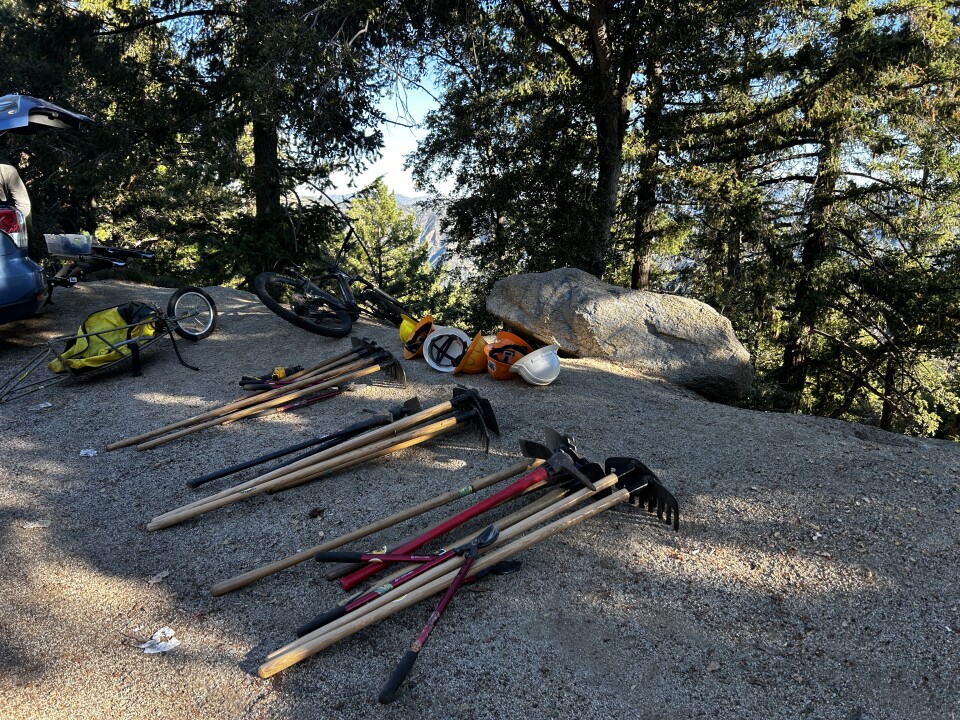
At the very top of Mount Wilson, about a dozen people gather one recent Saturday morning in the Cosmic Cafe parking lot beside the observatory. They’re volunteers with the Lowelifes Respectable Citizens Club — a nonprofit founded in 2019 that partners with the Forest Service to restore trails across the Angeles National Forest and the San Gabriel Mountains National Monument.
They’re one of the most active groups that works officially with the Forest Service to do much-needed maintenance on some of the most-used and most rugged trails in the forest.
The group is made up primarily of mountain bikers who have long loved and used these trails, but volunteers of all backgrounds and physical abilities are welcome and have assisted with trail restoration.
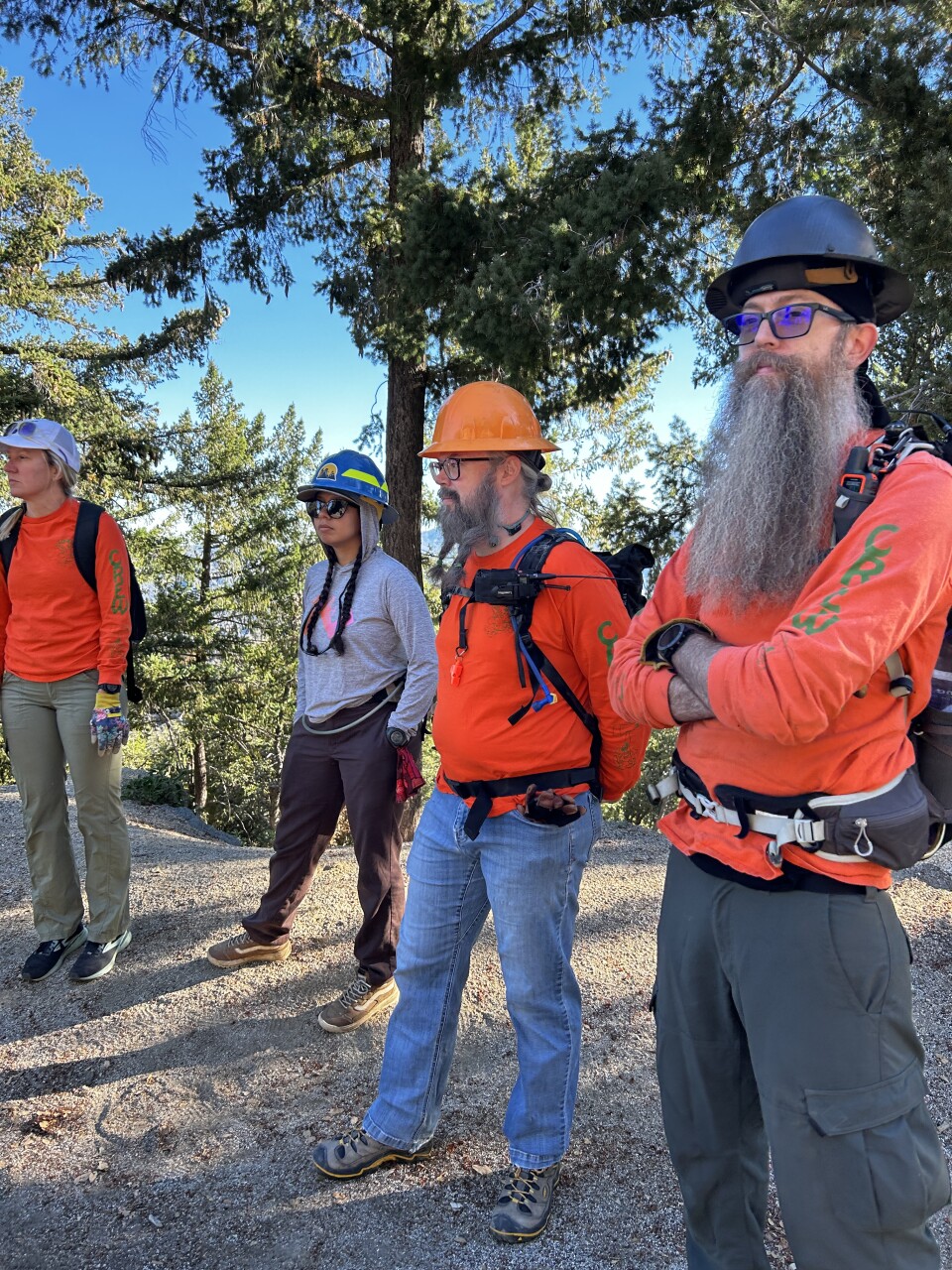
“We're all from different walks of life, but everybody is coming together with this love of trails,” said Erik Hillard, the CFO of Lowelifes.
The Forest Service is tasked with managing about 650 miles of trails in the Angeles National Forest, one of the most recreated forests in the country. Some 4.5 million people hike, bike, camp or otherwise spend time in the forest every year.
Volunteer groups such as the Lowelifes are playing increasingly essential roles in trail maintenance in the forest, filling gaps that are widening as a result of a lack of government funding and staffing, plus the escalating impacts of the climate crisis.
“The Forest Service has really realized that they can't do all this anymore and they need the volunteers,” Hillard said.
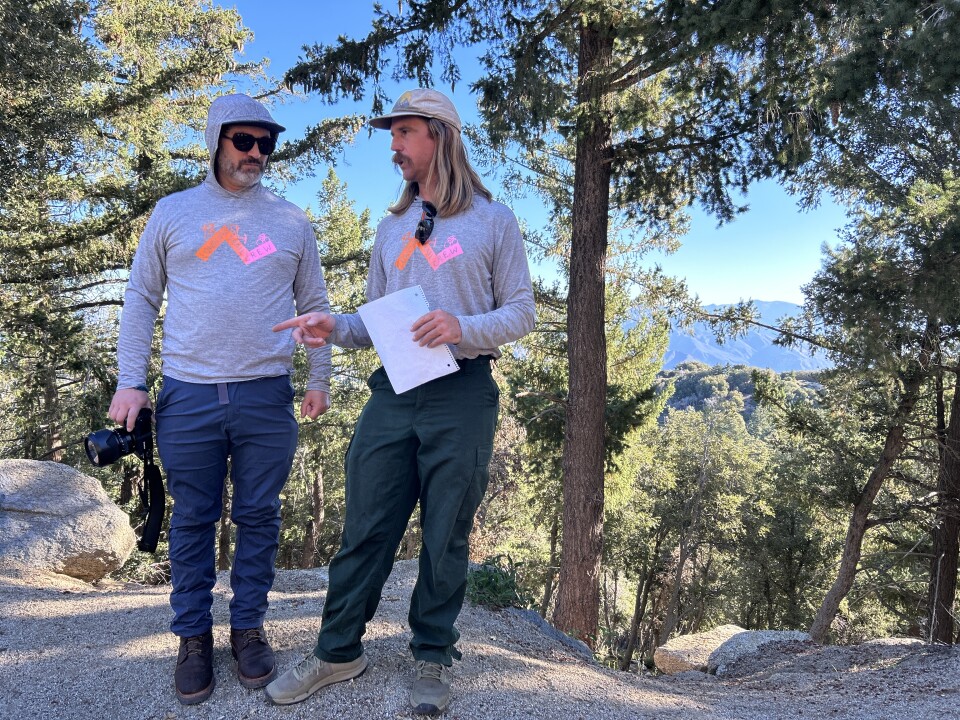
Escalating climate impacts
As the area swings between drought, deluge and fire become more extreme, the Forest Service simply doesn’t have the resources to keep up with maintaining so many trails among other more pressing responsibilities — namely these days: wildfire prevention and management.
“Right now, our priority is trying to address a wildfire crisis,” said Justin Seastrand, a natural resource specialist with the Forest Service in the Angeles National Forest. “It can be challenging to make sure other programs like trails, recreation, and those types of things, also get some attention.”

The Forest Service provides trail work, chainsaw, and safety training to groups such as the Lowelifes, who can then pass on that knowledge to their volunteers.
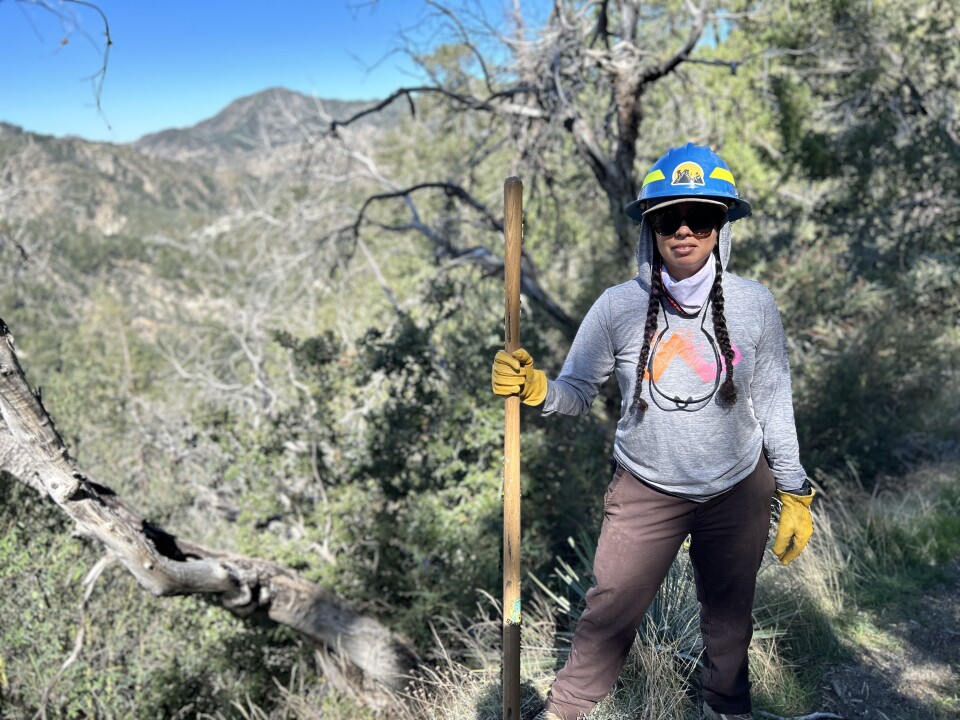
“As an agency we have become even more reliant on [volunteers] because the wildfires have been very large, relative for the Angeles,” Seastrand said, naming the 2009 Station Fire and 2020 Bobcat Fire, two of the largest fires ever recorded in this mountain range. The forest is still recovering from the effects of both fires.
A history of overzealous wildfire suppression, plus worsening drought and heat fueled by humanity’s burning of fossil fuels, is supercharging fires across California.
“The scale at which they impact trails and recreational resources is way beyond what the Forest Service can do ourselves,” Seastrand said. “We are spread thin, and my personal opinion is the Forest Service probably always will be a little spread thin, so you gotta learn to work with it.”
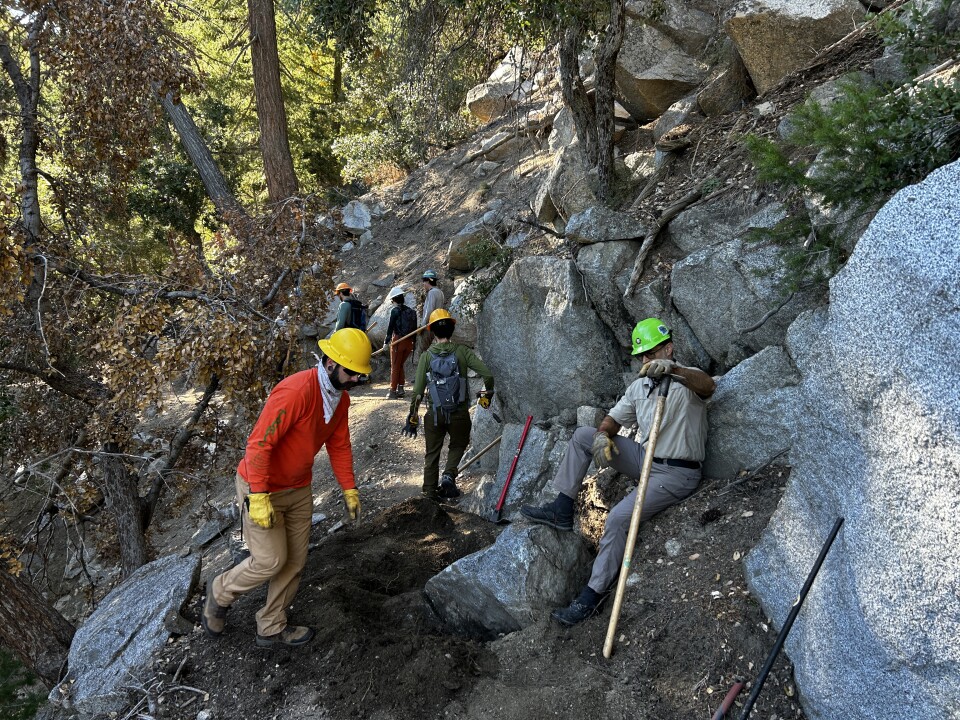
Forest Service struggles to retain employees
Seastrand sees volunteers playing larger roles for another reason too: the fact that the Forest Service is struggling to maintain employees in the region in no small part due to stagnant federal salaries and rising costs of living.
“For us, it's a very expensive place to live — 'nobody gets rich working for the government’ is the cliche we use,” Seastrand said. “It is really challenging to recruit and retain people. A lot of our jobs don't pay a lot. And then with the volunteer side, they don't get paid to do this, yet they still find time to come out and have passion and dedication and bring all these great skills. So I hope we can not only sustain that, but see that grow over time.”
As volunteers such as Lowelifes increasingly play essential roles in sustainable trail maintenance and restoration, they’re also having a bigger influence on larger-scale planning in the forest.
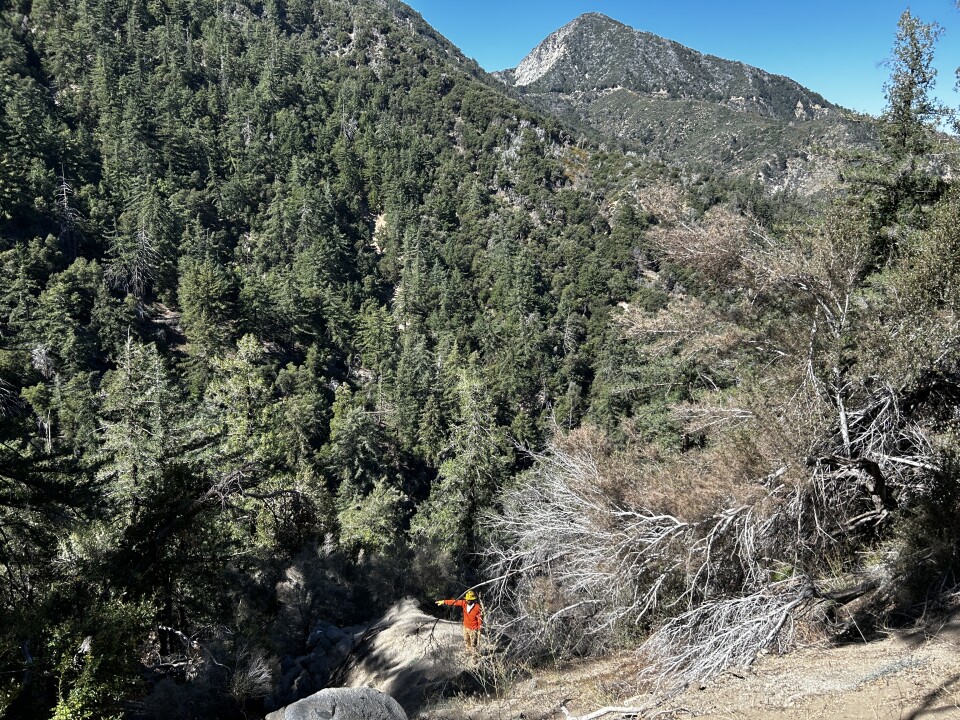
“Now that we've got a foundation of trust between our organizations, the work that our volunteers do, the quality of work and dedication…It went from feeling like, ‘Oh, well, the Forest Service is going to say ‘no’ to…What can we do together?” Hillard said.
They’re currently in the process of working with the service to create a more comprehensive plan for particularly vulnerable trails in the forest, Hillard said.
An opportunity for shared stewardship

While Hillard and Seastrand understand the broader implications of an understaffed Forest Service amid an escalating climate crisis, they also see the growing role of volunteers as an opportunity for more people to take meaningful action and become a part of the solution.
“The main thing to me is just to be out here and to enjoy it while I can and try to improve what I can,” Hillard said. “I think that encouraging people to come out and volunteer — at least it's a way of getting people out into nature and starting a relationship with it. And the more that people have a relationship with it, maybe they'll notice things more at the ballot and when they're reading the news because they've been out here and they saw a burned tree.”
Seastrand agreed.
“Most government agencies that you ask would say we could use more funding,” Seastrand said. “I try to look at the positive. It's an opportunity to have shared stewardship.”








